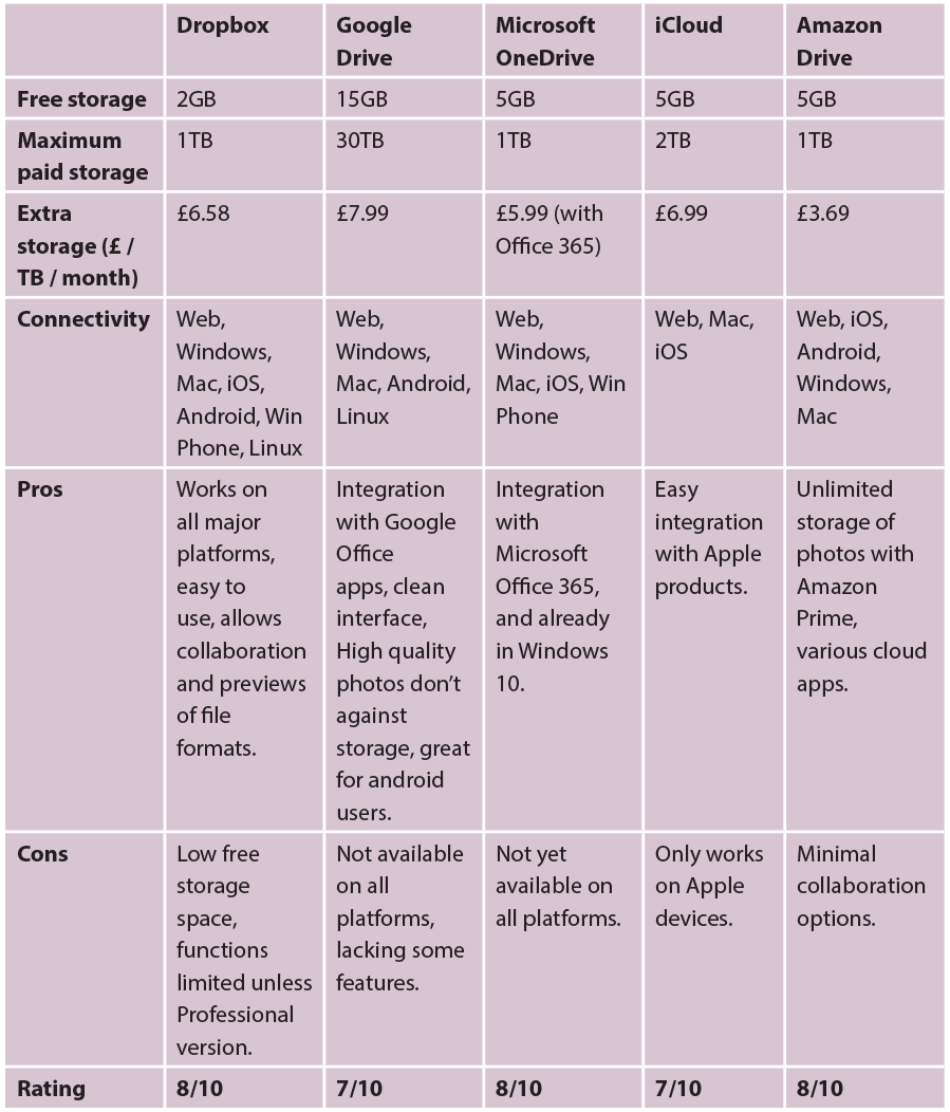Cloud storage simply refers to digital files that are uploaded by users and stored remotely in the ‘cloud’ (usually these files are physically stored on servers owned by large companies e.g. Amazon, Microsoft, Dropbox and accessed via the web).
In January 2018, NHS Digital declared that public cloud services are now suitable for NHS use. This means that as long as certain assurances are met, public cloud services may soon be where all future patient and personal healthcare data is stored. For healthcare providers and organisations, this would potentially have huge advantages which could enable:
- Easier transfer or files including scans and health records between organisations
- Easier remote monitoring of patients
- Patient access to own medical records and control over their use
- Increased involvement in the management of long-term conditions by patients, primary and secondary providers
- Decreased cost of not having to buy and maintain their own servers and software for organisations
- Comprehensive back-up solutions on remote servers for organisations





From a more personal viewpoint, most healthcare providers use some form of cloud storage solutions even if it is simply to back up family photos, or to ensure important documents are always available to them.
A non-exhaustive list of providers and latest prices (May 2018) are provided below:

I think the gaps between the different providers have closed over the last six years. Dropbox and Microsoft OneDrive seem to be the most secure options (there are even more secure options on the market). However, they offer relatively meagre free options for cloud storage.
For the paid plans, the choice depends on the type of storage you require and, if you already have Amazon Prime or a Google account (or Android), using their cloud storage seems sensible. If you are a Microsoft Windows user, then OneDrive is already integrated into Windows 10 and offers 1TB of storage with a monthly or yearly Office 365 subscription. For people with a lot of Apple devices, iCloud offers the most seamless integration between their devices. Dropbox and Google drive are easy to collaborate with and Dropbox seems to lead the way for collaborative projects and business paid plans.
There isn’t much to choose from between these services. Your choice will be governed by the hardware and software you already use, and the files you wish to store, and the price you are prepared to pay. Personally, I use several of these services and for a variety of purposes. The future in this space is bright and hopefully we will all soon be moving to a secure NHS cloud storage solution for both our personal and patient data.





